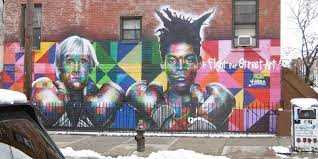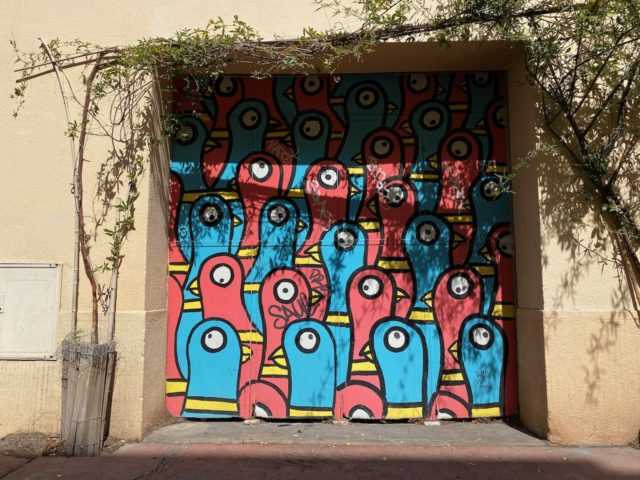
Montpellier, the vibrant city located in the south of France, is known for its rich history, stunning architecture, and vibrant street art scene. Among the various forms of street art that can be found in Montpellier, graffiti stands out as a powerful and colorful expression of creativity and individuality.
Walking through the streets of Montpellier, you can’t help but be captivated by the bold and striking graffiti that adorns the walls. From intricate murals to abstract designs, each piece tells a unique story and captures the spirit of the city. Whether it’s political statements, social commentary, or simply a burst of creative energy, graffiti in Montpellier is a visual feast for the eyes.
What sets graffiti in Montpellier apart is not just its artistic quality, but also the way it is embraced and celebrated by the local community. Instead of being seen as vandalism, graffiti is seen as a form of self-expression and an integral part of the city’s cultural landscape. Local artists are encouraged to use public spaces as their canvas, resulting in a vibrant and ever-changing street art scene.
One of the most iconic graffiti spots in Montpellier is the Rue de l’Aiguillerie, a narrow street that has become a living art gallery. Here, artists from all over the world come together to showcase their talent and leave their mark on the city. The walls are constantly evolving, as new pieces are painted over old ones, creating a dynamic and ever-changing display of creativity.
Whether you’re a street art enthusiast or simply a curious traveler, exploring the graffiti scene in Montpellier is an experience not to be missed. It’s a chance to immerse yourself in the vibrant energy of the city, to discover new perspectives, and to appreciate the power of art to transform ordinary spaces into extraordinary ones.
Street art has a rich and diverse history, with origins dating back to ancient civilizations. The practice of creating art in public spaces has been documented in various cultures throughout history.
One of the earliest forms of street art can be traced back to ancient Greece and Rome, where graffiti was often used to make political statements or mark territories. These early examples of street art were created using tools such as charcoal, chalk, or etchings on walls.
During this time, street art became associated with hip-hop culture and rebellious youth movements. Graffiti artists like Keith Haring and Jean-Michel Basquiat gained recognition for their work, which often incorporated social and political commentary.
Street art continues to evolve and push boundaries as artists find new ways to create in public spaces. From stencils and wheatpasting to large-scale murals and installations, street art has become a global phenomenon that captures the spirit of urban life and provides a platform for underrepresented voices.
In Montpellier, the vibrant street art scene reflects the city’s dedication to showcasing artistic expression and fostering a creative community. Artists from around the world come to Montpellier to leave their mark on its walls and contribute to the ever-changing canvas of street art.
- Ancient civilizations like Greece and Rome used graffiti as a form of expression.
- Graffiti emerged as a prominent form of street art in the 1960s and 1970s.
- Artists like Keith Haring and Jean-Michel Basquiat brought street art into the mainstream.
- Street art continues to evolve and provide a platform for underrepresented voices.
- Montpellier has a vibrant street art scene that attracts artists from around the world.
Graffiti: An Artistic Spray of Paint
Graffiti, a form of street art that uses spray paint to create colorful and expressive images, has become a prominent feature of the cityscape in Montpellier. What was once considered vandalism is now seen as a legitimate form of artistic expression, with many graffiti artists gaining recognition and even commissions for their work.
Unlike traditional forms of art, graffiti is not confined to galleries or museums. Instead, it can be found on the walls of buildings, under bridges, and even on train cars. This makes it accessible to all, regardless of their social or economic background. It is a democratic art form that breaks down barriers and brings art to the masses.
The Evolution of Graffiti
Graffiti has a long and rich history that dates back to ancient civilizations. The Romans, Egyptians, and Greeks all left their mark on the walls of their cities, using paint to communicate messages or commemorate important events. In the 20th century, graffiti took on a new form with the rise of hip-hop culture in the United States. Graffiti became a way for young people to express their creativity and make a statement about their surroundings.
Today, graffiti has evolved into a sophisticated art form that combines elements of street culture, graphic design, and fine art. Artists use stencils, freehand techniques, and a wide array of colors to create intricate and visually stunning works. Some graffiti pieces are political in nature, while others are purely aesthetic. Regardless of their subject matter, they all share a common goal: to capture the attention and imagination of passersby.
Graffiti as a Cultural Phenomenon
Graffiti has become more than just an art form; it is a cultural phenomenon that reflects the values and concerns of society. In Montpellier, graffiti serves as a means of self-expression for local artists, who use it to address issues such as social inequality, environmentalism, and the role of technology in modern life. It is a visual dialogue between the artist and the viewer, inviting them to think critically about the world around them.
While graffiti may still be seen by some as an act of vandalism, it is clear that it has evolved into something much more. It is a form of art that challenges conventional notions of beauty and pushes boundaries. It is a celebration of creativity and an expression of individuality. Above all, it is a spray of paint that brings color and life to the streets of Montpellier.
The Evolution of Graffiti
Early Origins
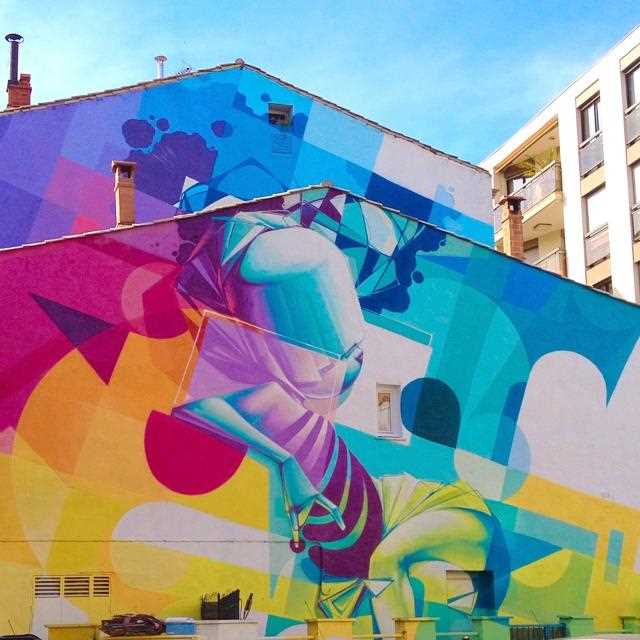
The roots of modern graffiti can be traced back to the spray-painted messages and tags that started appearing on walls and trains in cities like New York City and Philadelphia. These early graffiti artists were predominantly young people from marginalized communities who used graffiti as a way to express themselves and claim space in an urban environment.
During this time, graffiti was often seen as a form of rebellion and vandalism. However, it quickly gained recognition as a unique art form with its own distinct style and techniques.
The Rise of Street Art

As street art gained popularity, graffiti artists started to experiment with different mediums and techniques. Stencils, wheatpaste, and stickers became common tools of the trade, allowing artists to create intricate and detailed works of art on walls, sidewalks, and even building facades.
The internet age also played a significant role in the evolution of graffiti. Artists could now share their work online, gaining recognition and inspiring others around the world.
A Colorful Expression
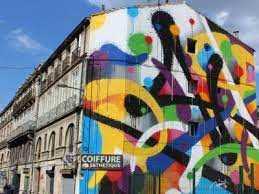
Today, graffiti is a vibrant and integral part of street art culture. It continues to evolve, incorporating new technologies and styles. In cities like Montpellier, graffiti can be found adorning walls, bridges, and even entire buildings.
- Graffiti festivals and events have become a way for artists to come together and showcase their work.
- Murals and public art projects have transformed neighborhoods and brought communities together.
- Graffiti has also become a tool for social and political activism, with artists using their work to raise awareness about important issues.
Graffiti in Montpellier reflects this evolution, with a diverse range of styles and messages. From large-scale murals by renowned international artists to smaller, more personal tags and stencils, the graffiti scene in Montpellier is a colorful expression of street art culture.
As graffiti continues to evolve, it will undoubtedly leave its mark on the urban landscape, provoking thought and sparking conversations for years to come.
The Role of Montpellier in Street Art
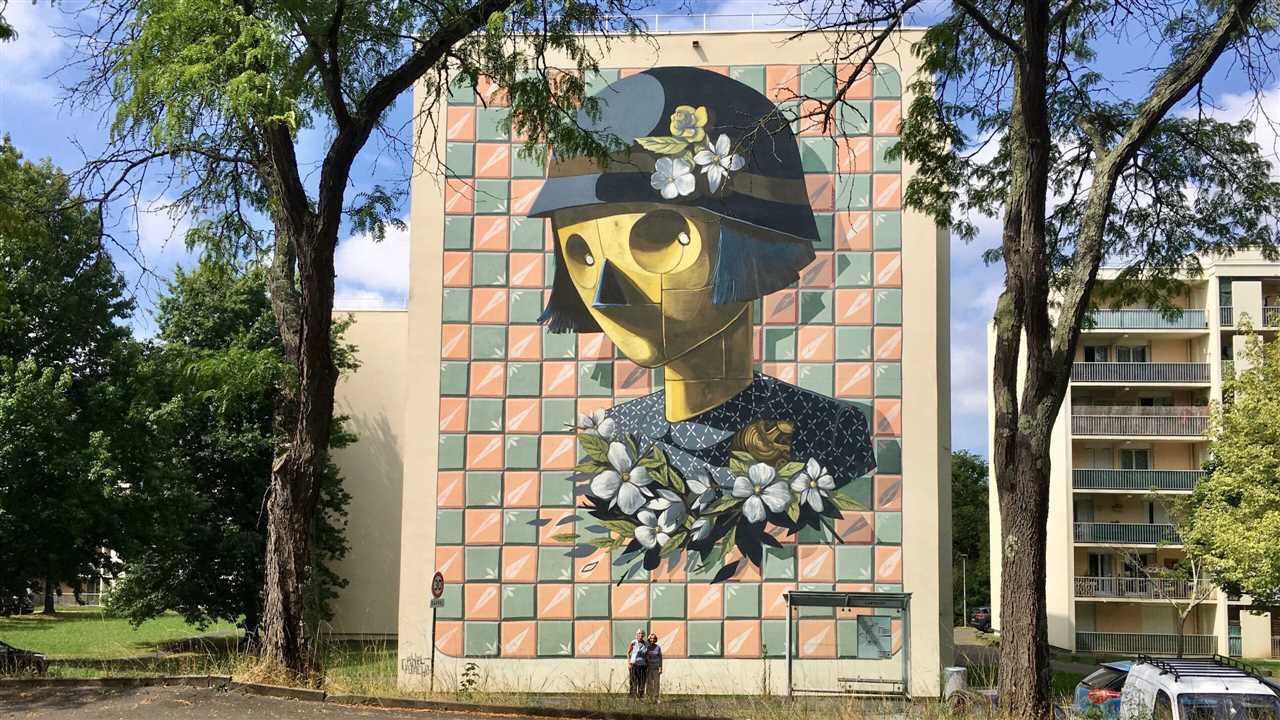
Montpellier, a vibrant city in southern France, has become a hub for street artists from around the world. With its rich culture and artistic atmosphere, it’s no wonder that the city has embraced the art form and become a canvas for many talented graffiti artists.
One of the main reasons why Montpellier has played such an important role in street art is its strong tradition of supporting and promoting the arts. The city has a long history of nurturing creativity and providing opportunities for artists to showcase their work. This supportive environment has attracted street artists who are looking for a place to express themselves freely and openly.
In recent years, the city has also made a conscious effort to incorporate graffiti and street art into its urban landscape. Instead of viewing it as vandalism, Montpellier has recognized the value of street art as a form of cultural expression. The city has designated certain areas where artists can legally create their artworks, and has even commissioned some well-known street artists to create large-scale murals throughout the city. This active engagement with street art has not only beautified the city, but has also attracted tourists who are interested in exploring this unique artistic scene.
The Impact of Street Art on Montpellier
The presence of street art in Montpellier has had a positive impact on the city and its residents. It has transformed once dull and forgotten spaces into vibrant and dynamic areas that invite exploration and engagement. The colorful and thought-provoking murals have brought a new sense of energy and creativity to the streets of Montpellier.
Street art has also created a sense of community in Montpellier. Many local residents take pride in the city’s vibrant art scene and actively support and celebrate the work of local and international street artists. The art form has become a point of pride for the residents, and has helped foster a greater sense of unity and belonging.
Furthermore, the presence of street art has made Montpellier a destination for art enthusiasts from around the world. Tourists flock to the city to admire the stunning murals and explore the hidden corners where street art can be found. This influx of visitors has not only boosted the local economy, but has also helped put Montpellier on the map as a cultural and artistic destination.
Tagging: An Integral Part of Graffiti Culture
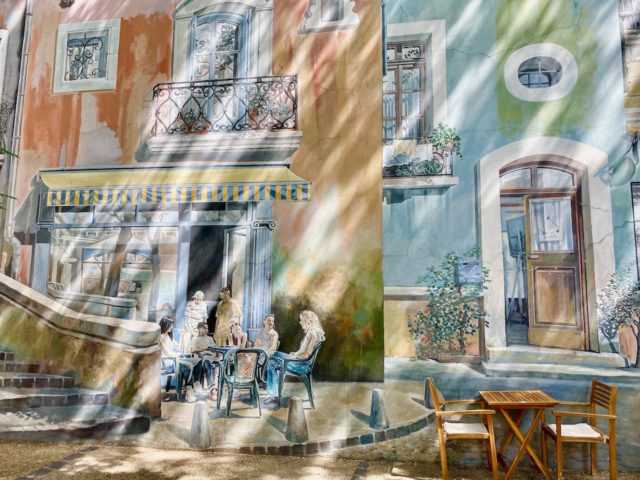
When exploring the world of graffiti in Montpellier, one cannot overlook the prominent presence of tagging. Tagging, the act of writing one’s name or signature in a stylized manner, is an integral part of graffiti culture and serves various purposes within the art form.
Tagging can be seen as a form of self-identification and self-expression for graffiti artists. By leaving their mark on the city walls, they stake their territory and create a visual presence in the urban landscape. These tags often consist of unique and elaborate lettering styles, showcasing the artist’s skill and creativity.
Furthermore, tagging can serve as a way for graffiti artists to communicate with one another. These tags can act as a form of recognition or respect within the graffiti community. Artists may use their tags to pay homage to other artists, collaborate on murals, or even engage in friendly competition.
Tagging also plays a role in the evolution of graffiti culture. As new artists emerge and styles evolve, tags serve as a visual timeline of the graffiti scene. By analyzing the tags left behind, one can gain insight into the history and progression of graffiti in Montpellier. Some tags may disappear over time, making room for new ones, while others persist, becoming iconic symbols of the city’s graffiti culture.
Overall, tagging is an integral part of graffiti culture in Montpellier. It serves as a means of self-expression, communication among artists, and a visual representation of the city’s graffiti scene. Whether admired or criticized, tagging remains a colorful and significant aspect of street art in Montpellier.
| Benefits of Tagging in Graffiti Culture | Common Techniques Used in Tagging |
|---|---|
| – Self-identification and self-expression | – Elaborate lettering styles |
| – Communication within the graffiti community | – Tagging as a form of recognition |
| – Evolution and progression of graffiti culture | – History and timeline through tags |
The Impact of Graffiti on Urban Spaces
Graffiti has become an influential form of street art that has a profound impact on urban spaces. While some view graffiti as vandalism, it is important to recognize the positive effects it has on communities and city environments.
Creative Expression and Cultural Identity
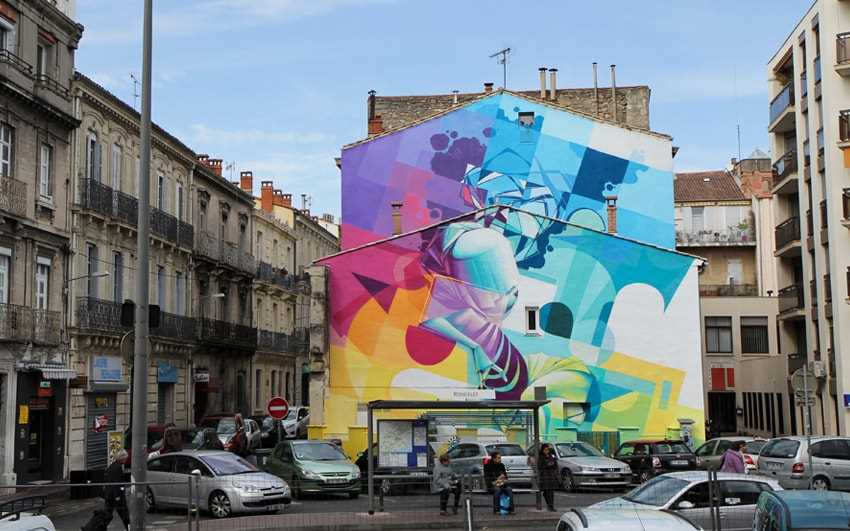
Graffiti serves as a platform for creative expression and allows artists to convey powerful messages about social and political issues. It enables individuals to showcase their artistic skills and emotions, creating a sense of cultural identity within the community. The colorful and vibrant nature of graffiti can transform mundane city walls into captivating art installations.
Revitalizing Neighborhoods
In many cases, graffiti has played a significant role in revitalizing neighborhoods that have fallen into disrepair. Abandoned buildings and dull alleys can be transformed through vibrant and intricate murals, attracting tourists and prompting further development and investment in the area. Graffiti provides a visual representation of community pride and encourages collaboration between artists, residents, and local authorities.
However, it is important to note that there is a fine line between street art and illegal graffiti. Cities should establish designated spaces for graffiti and provide opportunities for artists to legally express themselves. By doing so, cities can harness the positive impact of graffiti while also maintaining a sense of order and legality within urban spaces.
- Graffiti allows for creative expression
- Graffiti can revitalize neighborhoods
- Cities should establish designated spaces for graffiti
The Controversies Surrounding Graffiti
Graffiti has always been a subject of controversy, with opinions varying widely on its validity as an art form and its impact on society. Here we explore some of the main controversies surrounding graffiti.
1. Vandalism or Art?
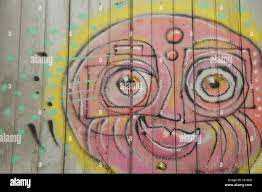
One of the main debates surrounding graffiti is whether it should be considered vandalism or art. Critics argue that graffiti defaces public spaces and is therefore a criminal act, while proponents assert that it is a legitimate form of self-expression and a valuable addition to the urban landscape.
While some graffiti may indeed be offensive or destructive, many artists use their work to communicate messages, express their creativity, and challenge social norms. Whether graffiti is viewed as art or vandalism often depends on individual perspectives and the context in which it is created.
2. Property Rights
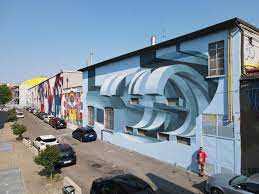
The issue of property rights also lies at the center of the graffiti controversy. The act of creating graffiti often involves trespassing on private property or defacing public spaces without permission. This raises questions about the rights of property owners and the extent to which artists should be allowed to use public spaces as their canvas.
While some argue that property owners have the right to protect their assets and maintain the cleanliness of their surroundings, others believe in the value of allowing artists to freely express themselves in public spaces, as long as their work is not damaging or offensive.
3. Impact on Communities
Graffiti can have both positive and negative effects on communities. On one hand, well-executed and thought-provoking graffiti can add vibrancy and character to a neighborhood, attracting tourists and spurring cultural conversations. It can also serve as a tool for grassroots activism and empowerment.
On the other hand, graffiti that is poorly executed or offensive can contribute to a sense of urban decay and decrease property values. It can also create tensions within communities, as opinions on what constitutes acceptable and desirable graffiti differ.
Overall, the controversies surrounding graffiti reflect broader discussions about freedom of expression, property rights, and the role of art in society. As cities like Montpellier embrace street art, finding a balance between artistic expression and the needs and rights of the community remains an ongoing challenge.
Recognizing Street Artists in Montpellier
Montpellier is home to a diverse and vibrant street art scene, with numerous talented artists leaving their mark on the city’s walls. From colorful murals to intricate stencils, the streets of Montpellier are an open canvas for these creative individuals.
The Anonymous Artist
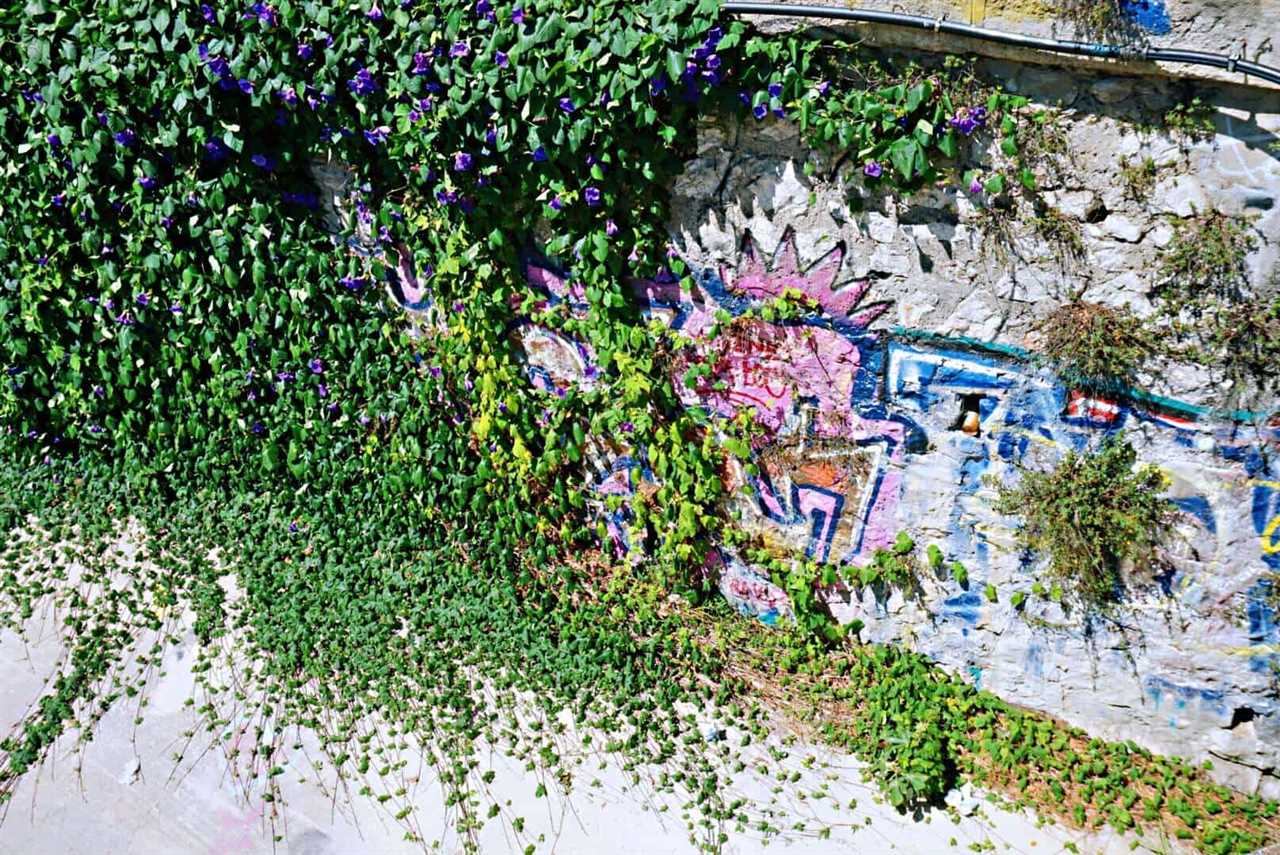
One notable street artist in Montpellier goes by the name “The Anonymous Artist.” Known for their thought-provoking and politically charged pieces, this artist often addresses social issues through their work. Their murals can be found throughout the city, and they often incorporate elements of fantasy and surrealism.
By remaining anonymous, The Anonymous Artist aims to shift the focus from the individual to the art itself. Their works often spark conversations and inspire reflection among the viewers, leaving a lasting impression on those who encounter their pieces.
The Muralist Collective
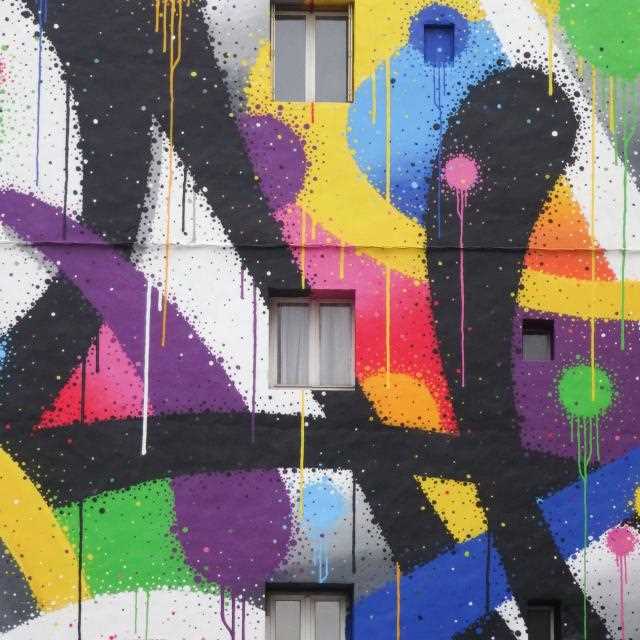
Another group of street artists making a statement in Montpellier is the Muralist Collective. This collective consists of several local artists who collaborate to create large-scale murals that brighten up the city’s walls.
The Muralist Collective focuses on themes of unity, diversity, and positivity. Their murals often feature vibrant colors and bold patterns, drawing attention from both locals and tourists. Their work can be seen in various neighborhoods around Montpellier, showcasing the city’s commitment to embracing street art as a form of expression.
Recognizing the contributions of these street artists is essential in understanding the unique cultural landscape of Montpellier. Their artworks not only beautify the city but also provide a platform for important social and political discussions.

I am a mural enthusiast and a fervent admirer of street art. Rather than creating murals myself, I am passionate about collecting them. My love for street art knows no bounds. I am dedicated to curating and cherishing these artworks that grace the streets. My collection stands as a testament to my profound appreciation for this form of artistic expression.
read about me



